Do you like to eat snacks, chips, or drink alcohol? Are you into sugary foods and carbs? Fatty liver disease is a frequent illness characterized by an excess fat build-up in the liver. Excessive calorie consumption causes fat to accumulate in the liver. Far too much fat accumulates when the liver alone doesn’t metabolize and disintegrate fats precisely as intended. People with several other illnesses, such as weight gain, diabetes, or dyslipidemia, are more prone to developing fatty liver.
Some of the patients are asymptomatic, and it has no significant consequences for them. However, in certain situations, it might cause liver damage. The good news is that lifestyle adjustments may typically prevent or even correct fatty liver disease. To know more about this disease, keep on reading, and don’t forget to share your thoughts below.
Functions Of Liver
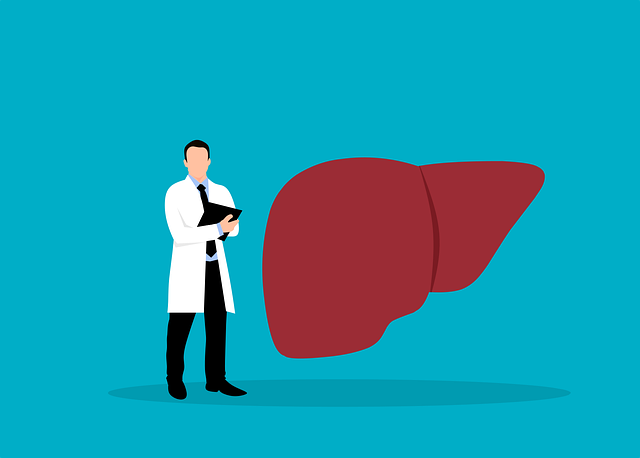
The liver is the heaviest organ that weighs in at around 1.5 kilograms and has hundreds of vital functions. Incredibly, it can control and maintain normal function with only 30% of its cells in working condition.
🩸 Parts
The liver is consists of two main lobes, each composed of thousands of lobules.
🩸 Blood flow
The liver has an essential task in filtering blood at any given moment. Our liver contains about 13% of our blood volume. Well, oxygenated blood from the heart flows downward through the aorta. Then it curves behind the liver and then travels up to the left and right hepatic arteries.
Blood will take the return trip to heart from the hepatic vein and will enter the inferior vena cava. The blood also invades the liver through a portal vein. This blood came from the gastrointestinal tract and the toxins, such as alcohol and drugs.
🩸 Detoxification
The liver detoxifies the blood, so that blood leaving via the hepatic vein is free of toxins. However, our liver filters out more than just toxins from the blood. The red blood cells start their growth and development in the bone marrow. They will live at around 120 days until they undergo hemolysis in the liver. This occurs when Kupffer cells, macrophages in the liver, perform erythrophagocytosis on senescent red blood cells. These Kupffer cells also serve as part of our body’s immune system.
When these are activated and sense bacteria or other toxins, they release various products to defend the body.
🩸 Band-aid
The liver is also one of the main reasons why we didn’t bleed when we had paper cuts. This is because of the clotting factors that are synthesized in the liver. They are like the band-aid that stops bleeding and heal the wound naturally.
🩸 Digestion
Our liver also plays a significant role in digestion. It aids digest fats by synthesizing bile and helps absorb vitamins and minerals. The gallbladder, which sits under the liver, is a bile reservoir. Before the meal, the gallbladder is full since it is just accumulating without being released. While after a meal, it is much emptier. This is because the bile released helps to digest and absorb fats and fat-soluble vitamins.
🩸 Absorption
The liver is also critical to the absorption of specific vitamins and minerals. Such vitamins are A, C, D, B12, E, AND K. But why are these vitamins so essential?
Vitamin A is essential for maintaining healthy and glowing skin, healthy urinary tract, lungs, and intestines. Deficits also lead to dry eyes, and you become more prone to infections. Vitamin C is necessary for the health of your teeth, gums, as well as bone and absorption of iron into the blood. While Vitamin D helps your body absorb phosphorus and calcium, which are essential for your bones. Next, Vitamin B12 is important for nerve and red blood cell functions. Vitamin E is an antioxidant that protects your body from free radicals. And finally, Vitamin K protects your bones and helps your blood clot.
What Is Fatty Liver

Fatty liver is also named as hepatic steatosis. This is a disease in which fat builds up inside the liver. Although the primary function of the liver is storing fat, too much of it can prove to be dangerous. The liver plays several tasks for the body, and it is the second-largest organ. Damage to it can be life-threatening, and a fatty liver can lead to such health problems.
The build-up of fatty acid can cause inflammation inside the liver, further causing damage and scarring. This scarring can result in liver failure if not treated early. This causes inflammation leading to weight gain, hormonal imbalances, and swelling. Cells became damaged and unable to perform their essential functions, such as detoxifying chemicals.
We know that liver has a self-healing property, but as the cells begin to heal, they can develop scar tissue that is called fibrosis.
Types Of Fatty Liver
There are two types of fatty liver: alcoholic and non-alcoholic.
Alcohol can damage the liver impairing its ability to break down fats. The fat that starts to build up will cause scarring and damage. Non-alcoholic fatty liver disease is quite common as well and usually represents many factors. Such reasons for this are an imbalanced diet or an underlying problem that affects the liver.
🟢 Non-Alcoholic Fatty Liver
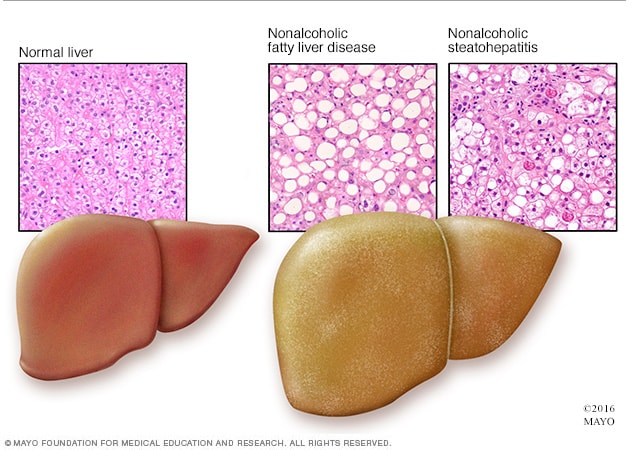
Non-alcoholic fatty liver disease is actually a spectrum of diseases. It is going from steatosis, steatohepatitis fibrosis, and finally, cirrhosis. This disease results from fat deposition in the liver and is unrelated to alcohol or viral causes. Typically, it affects individuals with metabolic syndrome. It includes a combination of three of the five following diagnoses, namely obesity, hypertension, diabetes, hypertriglyceridemia, and hyperlipidemia.
This is a massive problem growing in lockstep, with expanding waistlines affecting about ¾ of all obese individuals, including many children. It happens when the liver becomes less responsive to insulin. As a result, the liver goes into a mode where it increases fat storage and decreases fatty acid oxidation.
This mechanism means that there is a decreased secretion of fats into the bloodstream, and that will increase the uptake of free fatty acids from the blood.
🟢 Alcoholic Fatty Acid Disease
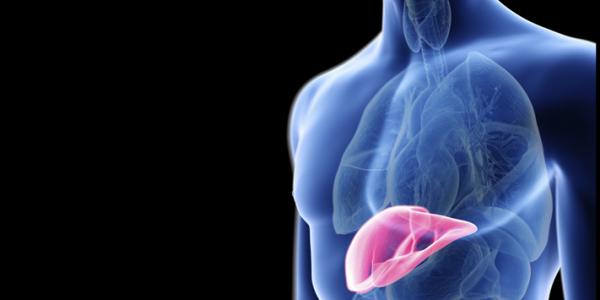
As its name suggests, the alcoholic fatty acid disease is caused by alcohol abuse. The risk of developing liver disease correlates with the amount and duration of alcohol use. Daily drinking poses a higher risk than binge drinking. Other risk factors include gender, genetics, and obesity.
Alcoholic liver disease includes three disorders that develop in sequence. These are alcoholic fatty liver, alcoholic hepatitis, and cirrhosis. In this type of FLD, the liver is usually enlarged but not tender. There are also often no symptoms, and the condition can be reversed if the patient stops drinking.
The liver inflammation symptoms can range from mild to severe. It may include fever, fatigue, jaundice or yellow discoloration of the skin, and a tender, painful side. From that alcoholic hepatitis to end-stage, the liver eventually shrinks, and cirrhosis cannot be reversed.
The liver is the primary responsible for alcohol metabolism, and too much alcohol will make the liver stimulate more fatty acid than inhibit it. The effect is exaggerated in patients who are deficient in antioxidants due to malnutrition. Aside from these, alcohol can induce inflammation; that is why there are red flashes on your skin after you drink.
Causes Of Fatty Liver
The leading causes of fatty liver disease are the production of too much fat or inefficient metabolism. The fat that is not handled correctly by the body gets stored in the liver cells, causing the liver to bloat. Excessive alcohol is one prominent cause of this. That is the main factor for an alcoholic type of fatty liver disease.
However, that is just one of the possible. The other possible causes include high blood sugar, obesity, insulin resistance, or abnormally high levels of triglycerides or other fats in the body. At the same time, the less notable causes for fatty liver include rapid weight loss, pregnancy, exposure to toxins, and side effects of medication. Your genetics can also pose a problem, as specific genes are believed to increase the risk of fatty liver disease symptoms.
A fatty liver is often hard to detect because symptoms are not easily noticeable.
Signs and Symptoms
The first sign will be a sharp pain or discomfort in the upper right side of the abdomen. This disease can become quite serious. In some cases, this leads to the over-damaged liver known as cirrhosis.
Cirrhosis is a life-threatening health problem and has the following symptoms.
-weight loss
-loss of appetite
-weakness
-nosebleeds
-fatigue
-itchy skin
-abdominal pain and swelling
-yellow skin and eyes
-clusters of blood vessels beneath the skin the are web-like
-enlargement of male breasts
-swelling of legs
-confusion
Diagnosing Fatty Liver
To diagnose a fatty liver disease or FLD, you must have a set of blood tests, physical examination and imaging studies, and medical and family history.
Blood tests are used to look at liver enzyme levels and enzymes signaling inflammation in the liver. Also, imaging studies, such as CT scans and ultrasound or MRIs, may be used to deep check the condition of the liver. A liver biopsy can also be used to find the extent of liver damage treatment.
Herbs And Vitamins That Help Improve The Liver
There is no set treatment directly for liver disease. You simply have to change your lifestyle. If worse, surgery may also be carried out in case of extensive liver damage. Natural foods, such as herbs, are also a great supplement to make the liver healthier.
Before I list the herbs, did you know that over 25% of people in the US suffer from fatty liver disease? Most cases are from eating lots of junk foods, carbohydrates, sugar, and alcoholic drinks. So without further ado, here are the ten best herbs and remedies which can help to remove fat from the liver.
🌱 Milk Thistle
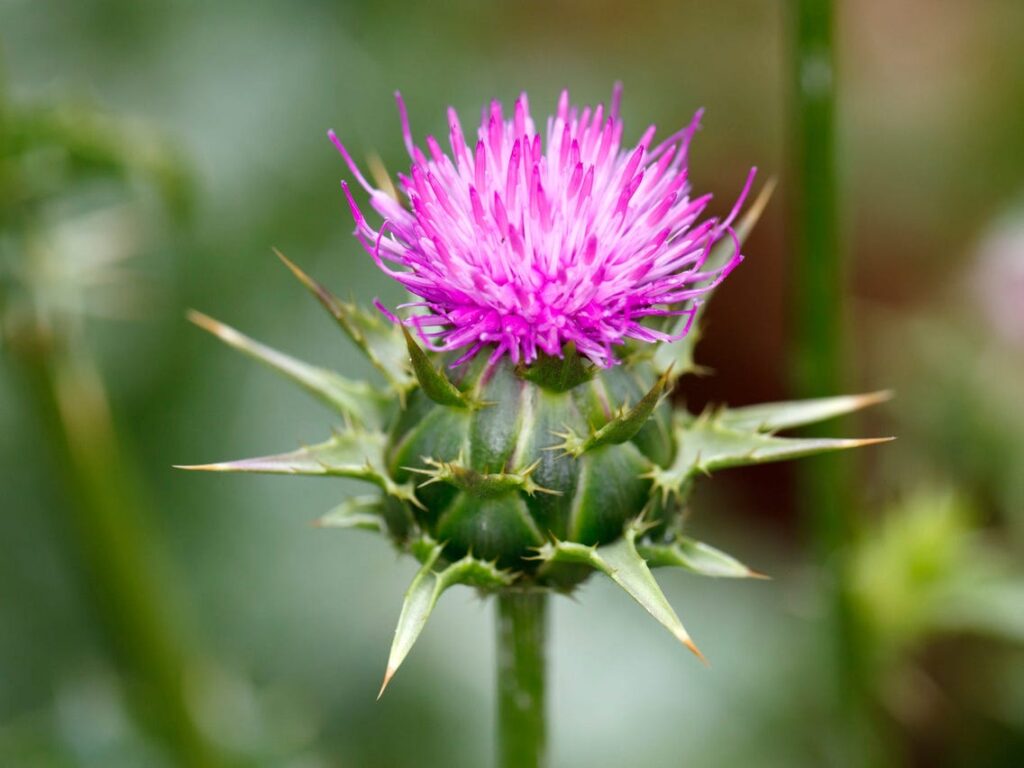
This is one of the most potent natural herbs. Milk thistle helps your liver to make glutathione which is the master antioxidant in the human body. This can reduce inflammation in the liver and protect the liver cells from further damage. It also helps with detoxification.
In general, it can take up to five months for somebody to notice any medical benefits from milk thistle if taken daily. Consider utilizing a high-quality milk thistle supplement to nourish and detoxify the liver. This tremendous natural herb aids in the maintenance of liver function in young people. And, beyond the age of 40, the liver’s detoxification capacity begins to decline. So, irrespective of age, milk thistle assists in both prevention and repair.
🌱 Bile salts
You can purchase a supplement that contains digestive enzymes and bile salts. These salts help the liver to digest and break down fat. Bile salts also decrease the progression of scar tissue and fibrosis.
🌱 Choline
Start consuming foods that contain a nutrient called choline. You can get it from pasteurized eggs, wild-caught fish, and grass-fed beef. Choline is a lipotropic nutrient, meaning that it strips fat away from the liver. Also, it helps with the detoxification of harmful chemicals absorbed in the liver. You can also take this as a supplement if you wish.
🌱 FZHY
There is a powerful natural medicine called FZHY, which is made from six Chinese herbs. It is composed of Fructus Schisandrae Chinensis, Radix Salvia Miltiorrhizae, Pollen Pini, Cordyceps, Semen Persicae, Gynostemma Pentaphyllammak. This reduces the side effects for people who have severe liver damage by lowering inflammation in the liver cells. This is used as an approved treatment in some countries for liver cirrhosis.
🌱 Vitamin D
Most people are deficient in vitamin D. This is an essential vitamin that we need for proper liver function. Taking a daily supplement of Vitamin D3 helps to reduce inflammation in the liver. It also helps prevent the worsening of fatty liver disease and bloating.
🌱 Curcumin
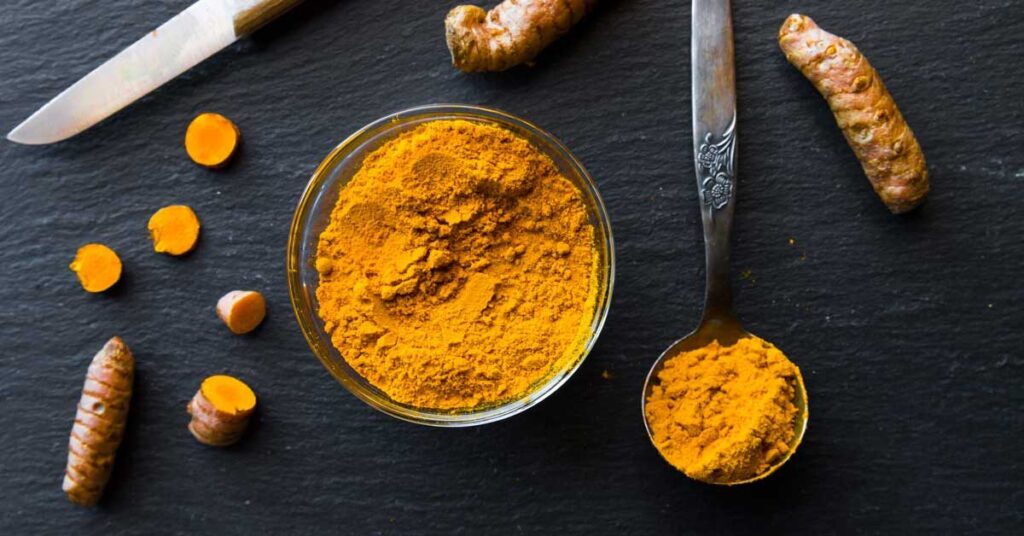
If you are familiar with turmeric, there is a compound found there named curcumin. This helps the liver to function by reducing insulin resistance in the body. You can take this to help prevent fatty liver disease from progressing into full-blown liver cirrhosis.
In general, it can take up to five months for somebody to notice any medical benefits from milk thistle if taken daily. Consider utilizing a high-quality milk thistle supplement to nourish and detoxify the liver. This tremendous natural herb aids in the maintenance of liver function in young people. And, beyond the age of 40, the liver’s detoxification capacity begins to decline. So, irrespective of age, milk thistle assists in both prevention and repair.
🌱 Broccoli
Broccoli sprouts are one of the best cancer fighters because they are rich in sulforaphane. This helps the liver break down harmful chemicals in your body and detoxify them into small particles.
🌱 Tocotrienols
There is a powerful form of vitamin E called tocotrienols. This helps to reduce the inflammation in the liver. You can also take these as a supplement made from a plant called Annatto. Also, this is a powerful antioxidant that slows down fibrosis and the development of scar tissue in the liver, and further oxidative damage.
🌱 Golden Thread
This is another powerful herb that you can get in capsule form. It contains berberine, a compound long used in Chinese medicine to support healthy liver and gallbladder and fight off many diseases. It is used as a broad-spectrum antimicrobial, too, for fighting off fungus, viruses, yeast, and parasites.
🌱 Serrapeptides
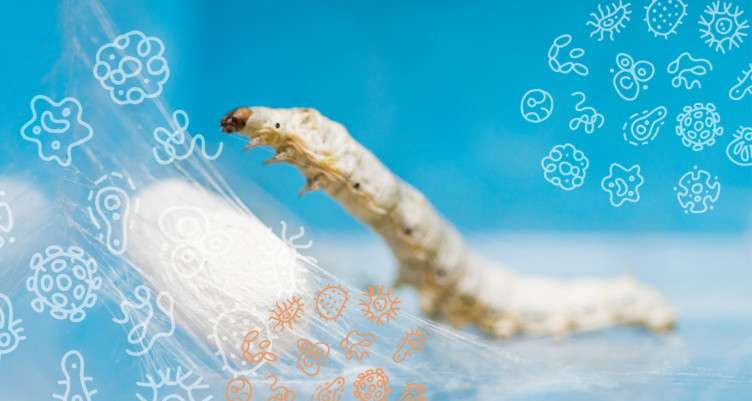
This is a chemical taken from silkworms. Serrapeptides have been shown to help prevent fatty liver disease from worsening and developing scar tissue in the liver. It also helps to reduce fibrous tissues in the body and fight off any viruses that attack the liver.
Suppose you already have cirrhosis or other hepatic problems. In that case, the serrapeptase enzyme may indeed be stressful for your liver to metabolize. Serrapeptase can be utilized as a painkiller and anti-inflammatory agent. However, there is little research on the long-term benefits of this substance. Serrapeptase risks can include inhibitory effects of blood coagulation and, in rare cases, hemorrhages. So, before using serrapeptase, visit your doctor.
Bottom Line
As you can observe, there are several herbal remedies that you can use to help support your liver and fight liver disease. However, the most crucial step is to clean up your diet and stop consuming unwanted foods. Avoid consuming too many sugary foods, refined carbohydrates, and alcoholic drinks. These are the three most common causes of developing fatty assets in your liver.
However, eating foods rich in sulfur can help your liver to detoxify, like eggs, beef, onions, Brussel sprouts, cheese, and seafood. A low-carb anti-inflammatory diet is also highly advisable such as the keto diet. This diet helps your body to heal itself by lowering inflammation naturally.
